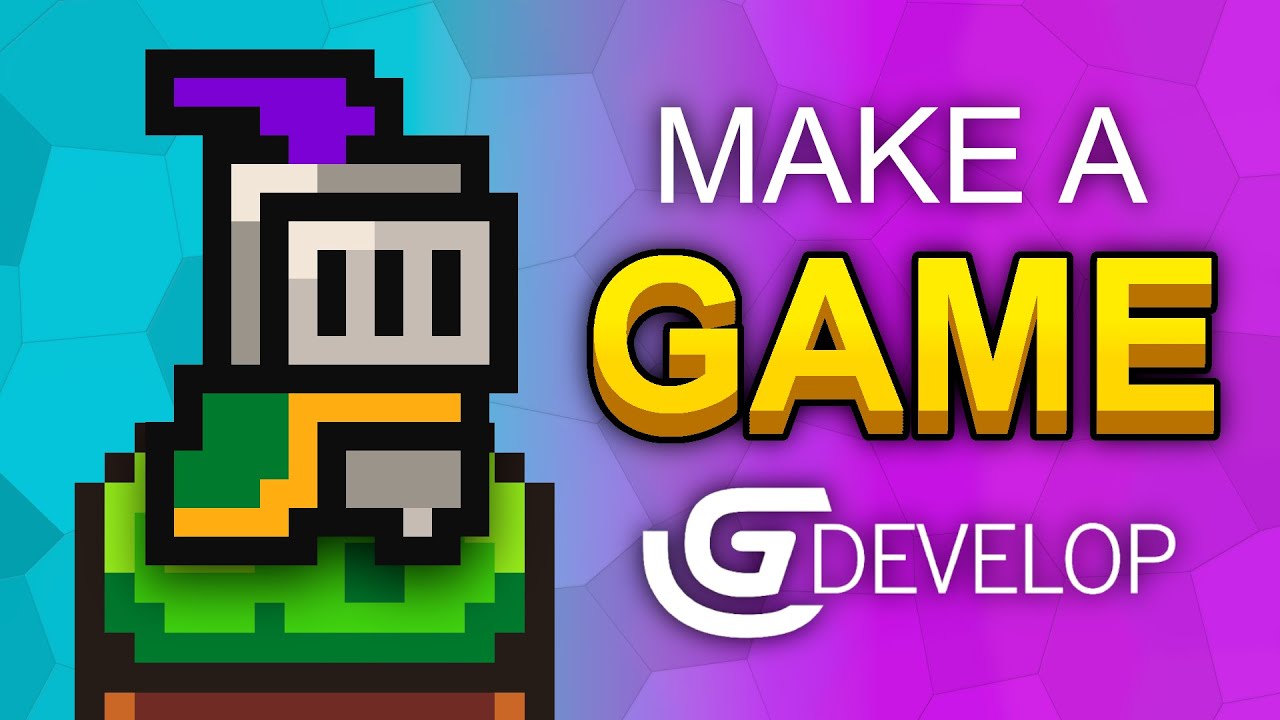2D ENEMY Melee Combat in UNITY - Setting Up Character - Part 1
Summary
TLDRIn this engaging tutorial, game developers learn to create a 2D melee combat enemy character. The video covers setting up the enemy GameObject, implementing animations for idle, walking, and attacking states, and adjusting colliders for precise interaction. Viewers will see how to use the Animator to link these animations, establish transition parameters, and trigger animation states based on boolean conditions. This foundational setup paves the way for coding the enemy's behavior in the next video, encouraging viewers to subscribe for more content and access project files on Discord.
Takeaways
- 😀 The tutorial covers creating a 2D melee combat enemy that walks towards the player and attacks when close.
- 👾 The process is divided into two parts; the first part focuses on setting up the character and its animations.
- ⚙️ An empty GameObject named 'Enemy' is created to hold colliders and sprites separately for better control.
- 🖼️ Three animations (idle, walk, attack) are prepared for the enemy, with the idle animation being set as the initial frame.
- 📦 BoxCollider2D and CircleCollider2D are added to define the enemy's collision boundaries effectively.
- 🎞️ The Animator component is utilized to create and manage the animation states for the enemy.
- 🔄 Animations are created by adding sprite properties to the timeline and adjusting their sample rates for smooth playback.
- ⚔️ A hitbox is created using BoxCollider2D to handle the attack mechanics, with careful positioning at specific animation frames.
- 🔗 Transition conditions between animation states are set using booleans to trigger walking and attacking behaviors.
- 📁 Project files are available on the Discord server, and viewers are encouraged to subscribe for more content.
Q & A
What is the primary goal of the tutorial?
-The primary goal of the tutorial is to create a 2D melee combat enemy that will walk towards the player and perform melee attacks when the player is nearby.
Why are colliders and sprites set up as separate GameObjects?
-Colliders and sprites are set up as separate GameObjects to allow for independent adjustments, ensuring that changes to one do not affect the other.
What components are added to the parent object in the hierarchy?
-The parent object has a `Rigidbody2D` component and an `Animator` component added to it.
How are the animations created for the enemy character?
-Animations are created by adding sprite frames to the Animator timeline. The tutorial shows how to record animations by dragging and dropping frames from the sprite renderer to the animation timeline.
What adjustments are made to the animation sample rates?
-The sample rate is adjusted based on the animation type, with the idle and attack animations set to a rate of 10, and the walking animation set to a rate of 14.
How is the HitBox for the enemy's attack configured?
-A hitbox is created as an empty GameObject with a `BoxCollider2D`, resized and repositioned according to the weapon's position during the attack animation.
What is the purpose of adding keyframes to the HitBox?
-Adding keyframes to the HitBox ensures that its position and size change in sync with the weapon during the attack animation, which allows for accurate collision detection.
What are the animation states created in the Animator tab?
-The animation states created in the Animator tab are Idle, Walk, and Attack.
What conditions are set for transitioning between animation states?
-Transitions between animation states are controlled by two boolean parameters: `canWalk`, which determines whether the enemy can walk or not, and `attack`, which controls when to perform the attack animation.
What will be covered in the next part of the series?
-The next part of the series will cover adding code to the enemy to enable it to attack when the player gets near.
Outlines

Этот раздел доступен только подписчикам платных тарифов. Пожалуйста, перейдите на платный тариф для доступа.
Перейти на платный тарифMindmap

Этот раздел доступен только подписчикам платных тарифов. Пожалуйста, перейдите на платный тариф для доступа.
Перейти на платный тарифKeywords

Этот раздел доступен только подписчикам платных тарифов. Пожалуйста, перейдите на платный тариф для доступа.
Перейти на платный тарифHighlights

Этот раздел доступен только подписчикам платных тарифов. Пожалуйста, перейдите на платный тариф для доступа.
Перейти на платный тарифTranscripts

Этот раздел доступен только подписчикам платных тарифов. Пожалуйста, перейдите на платный тариф для доступа.
Перейти на платный тарифПосмотреть больше похожих видео

Creating a Tower Defense Game in Unity - Dev-log + Source Code

How To Make A Video Game - GDevelop Beginner Tutorial

Java Dersleri #77 - OOP - Macera Oyunu : Savaş Bölgeleri

Unity 2D Platformer for Complete Beginners - #2 ANIMATION

How To Make A Zombie Shooter Game in Scratch - Part 1

Master Ninja - Mercenary Character Guide (Risk of Rain 2)
5.0 / 5 (0 votes)
